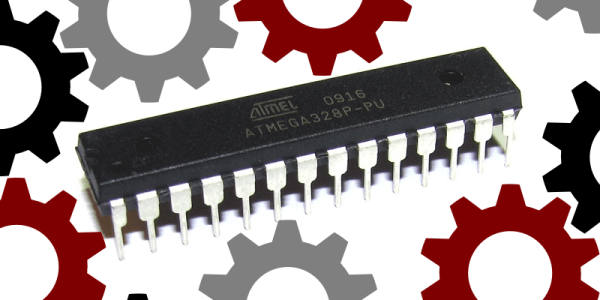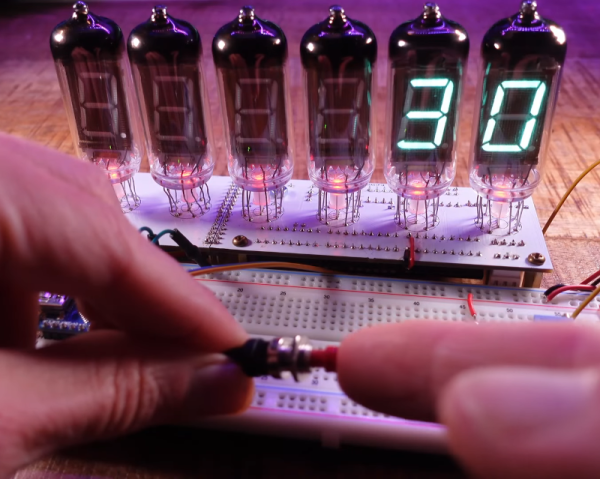Welcome to part three of “Interrupts: The Good, the Bad, and the Ugly”. We’ve already professed our love for interrupts, showing how they are useful for solving multiple common microcontroller tasks with aplomb. That was surely Good. And then we dipped into some of the scheduling and priority problems that can crop up, especially if your interrupt service routines (ISRs) run for too long, or do more than they should. That was Bad, but we can combat those problems by writing lightweight ISRs.
This installment, for better or worse, uncovers our least favorite side effect of running interrupts on a small microcontroller, and that is that your assumptions about what your code is doing can be wrong, and sometimes with disastrous consequences. It’s gonna get Ugly
TL;DR: Once you’ve started changing variables from inside interrupts, you can no longer count on their values staying constant — you never know when the interrupt is going to strike! Murphy’s law says that it will hit at the worst times. The solution is to temporarily turn off interrupts for critical blocks of code, so that your own ISRs can’t pull the rug out from under your feet. (Sounds easy, but read on!)
Continue reading “Embed With Elliot: Interrupts, The Ugly”














